How To Ensure Safe Food Delivery with Labels & Seals
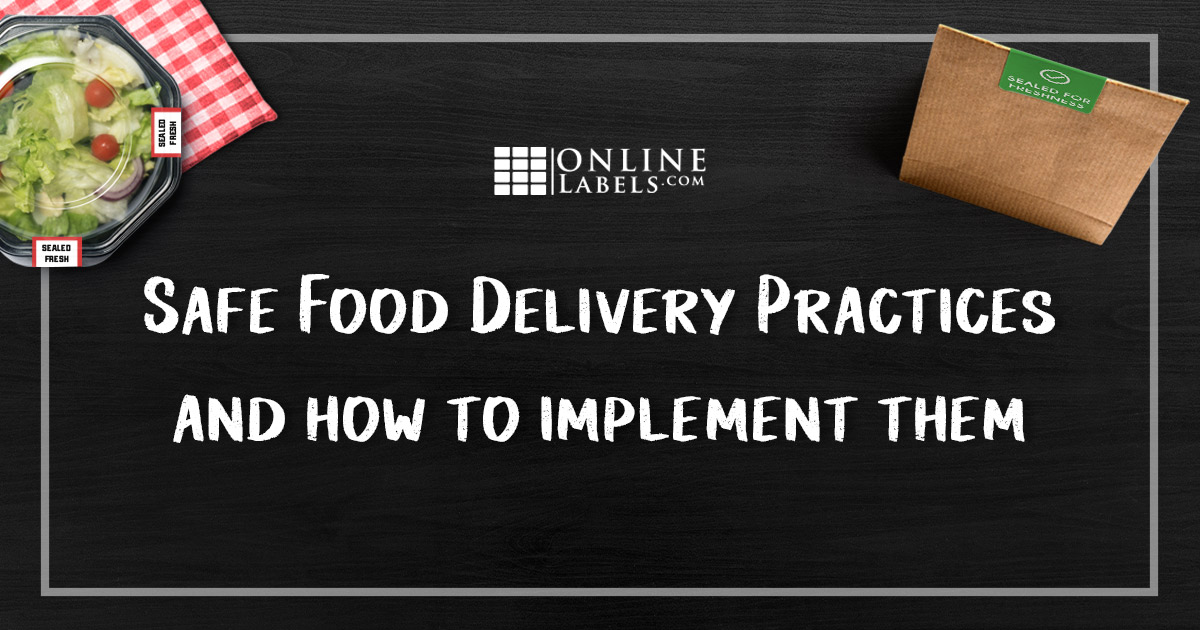
As a consumer, it can be impossible to tell if someone took a sip from your plastic soda cup, coughed on your sandwich, or stole one of your hot french fries. If you run a restaurant, catering business, or commercial kitchen, leave little to chance when it comes to protecting your customers and your business' reputation.
With health concerns at an all-time high, here are a few simple steps you can take to ensure your food makes it safely to its final destination.
1. Decide How To Seal Your Food
With dozens of different take-out and to-go containers, it can be difficult to evaluate what options will work best for your operation. Below, view our label recommendations for tamper-proofing your to-go packaging.
Hinged Foam Containers
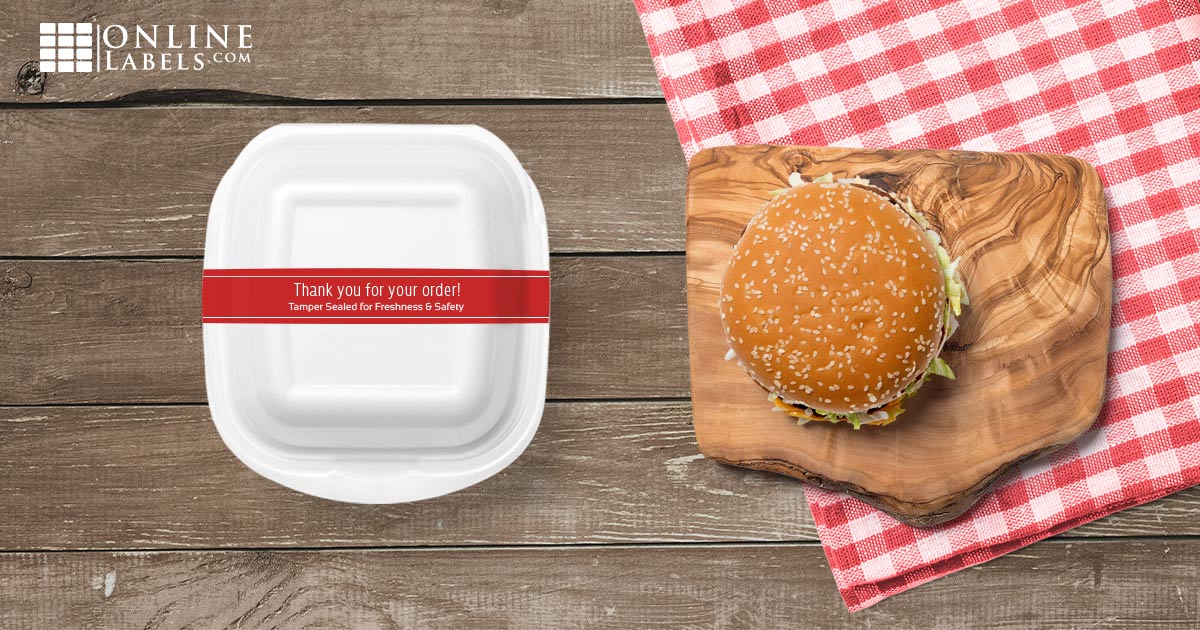
These containers are easy-to-open and often hold finger foods. Unlike rubber bands which are popularly used to keep these containers from springing open, our no-stretch labels will better seal off the container. Try longer, full-wrap belly band seals or smaller front/side closure labels.
Prepared Food Plastic Containers
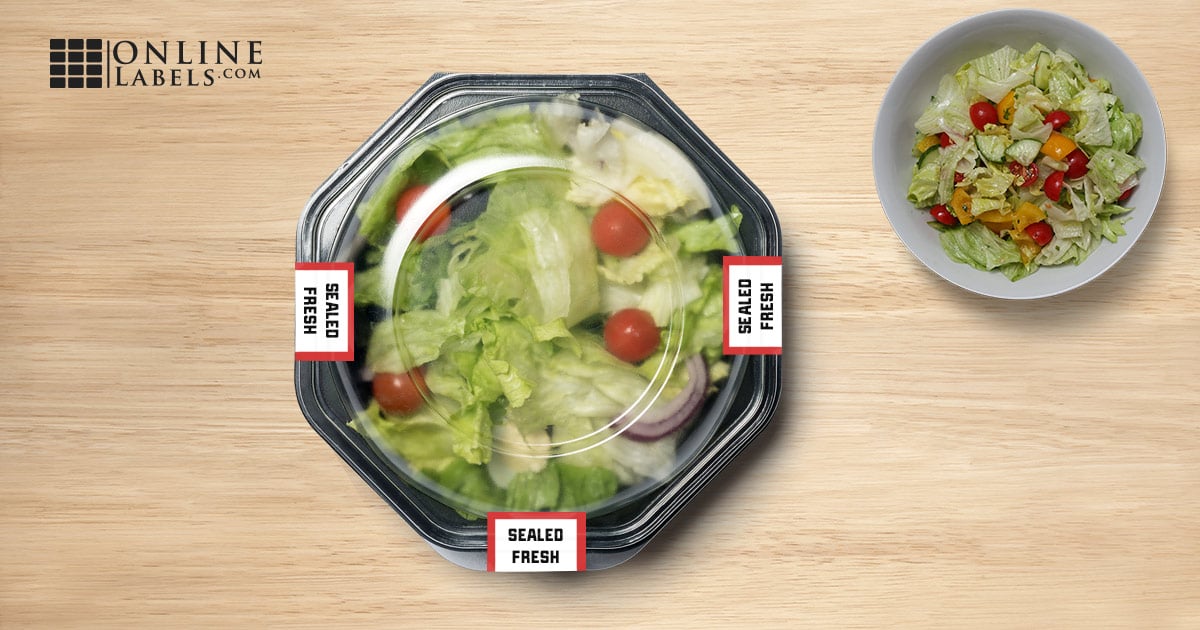
Some foods are prepared and packaged in advance. For items like this, you may already have a labelling system for placing it on shelves and in refrigerated cases. Jar seals are a popular way to seal weight-based food products. Place a standard product label over the opening to lock it closed. Any tampering will cause the label to rip.
Pizza Boxes

While a pizza box has hang-down flaps that prevent sneaky hands from wandering in, they're not dissimilar to hinged foam containers. You can add a label near the front tab as a preventative measure or use small seals on each side to guarantee your product hasn't been tampered with.
Foil Containers
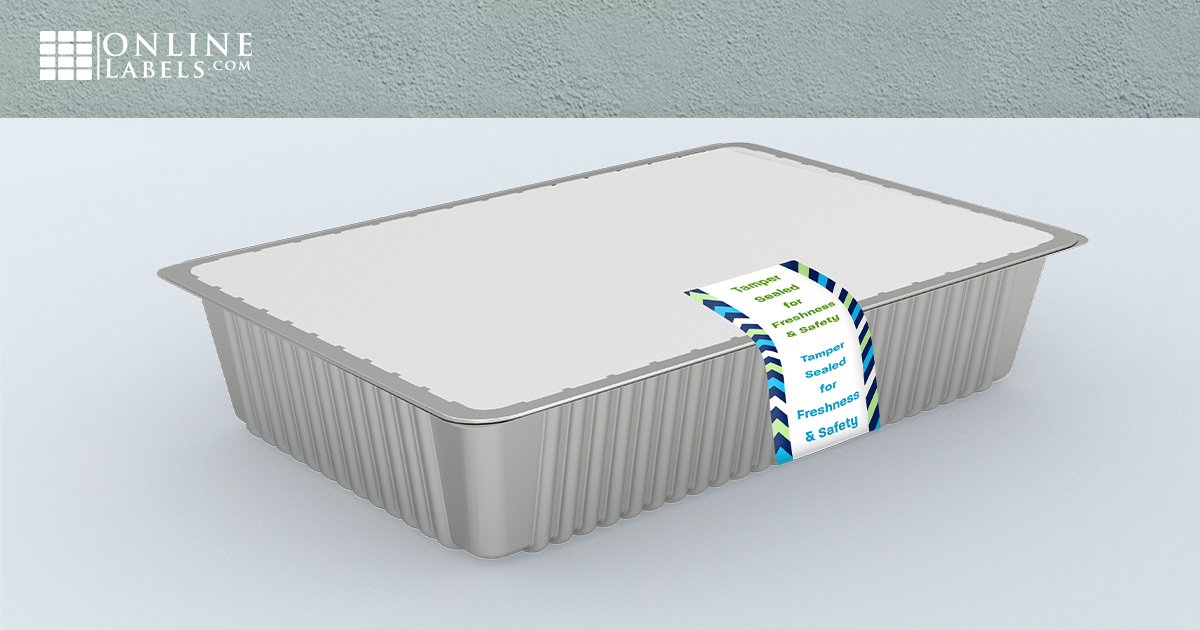
These containers are great at keeping foods hot and even preventing contamination. The 360° aluminum seal is a great deterrent, but it doesn't hurt to add another safety measure for peace of mind. Attach a label down the side of the lid onto the base. There won't be any stretch in the material which means the lid won't be able to open from its sealed position.
Folded Kraft Take-Out Boxes
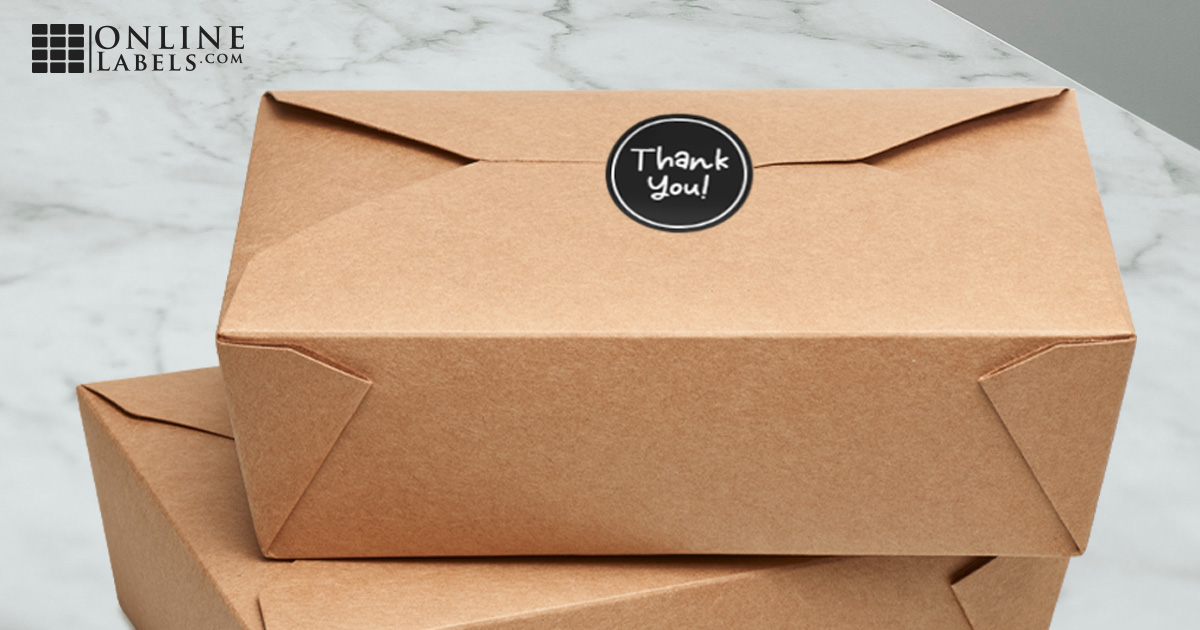
With only one opening/access point, these containers are some of the easiest to seal. Place a sticker (nearly any shape will do) over the locked tabs and hand off to the delivery team. The only way to open it and consume the food will be to remove or rip the sticker.
Drink Cup & Bottle Seals
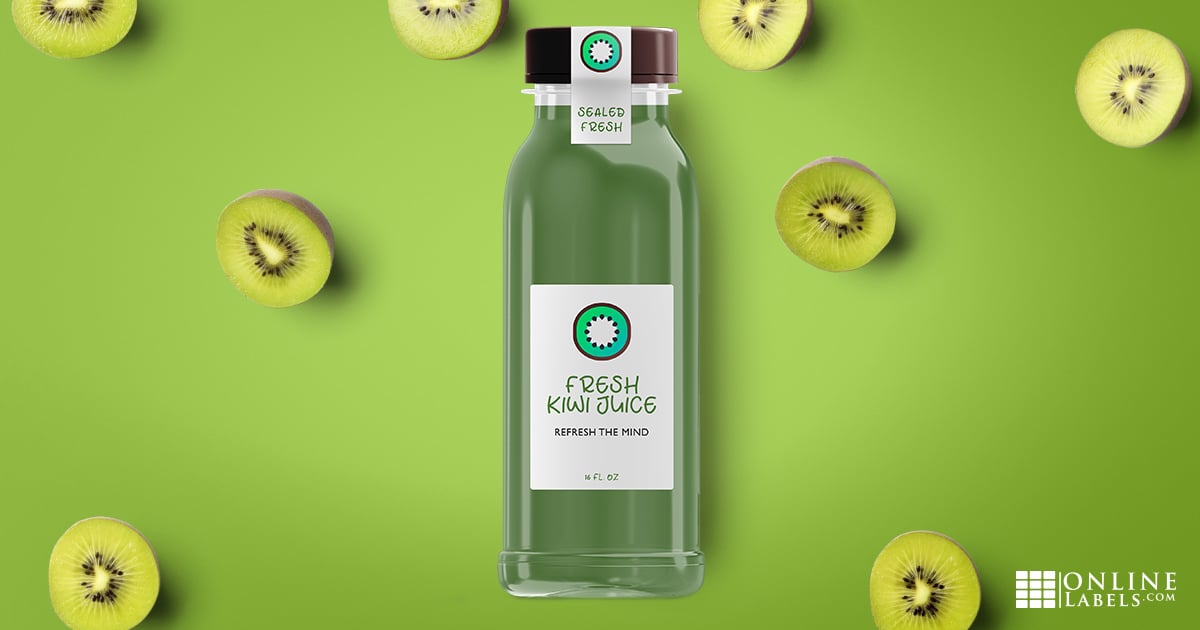
Keep the lid securely closed on your plastic soda cups and glass juice bottles with over-the-top safety seals. These seals are applied to the body of the beverage and wrapped over the lid until they connect with the other side. Labels like this that wrap around the top of your product show customers that their drink has not been opened for consumption or tampering.
To-Go Bag Seals
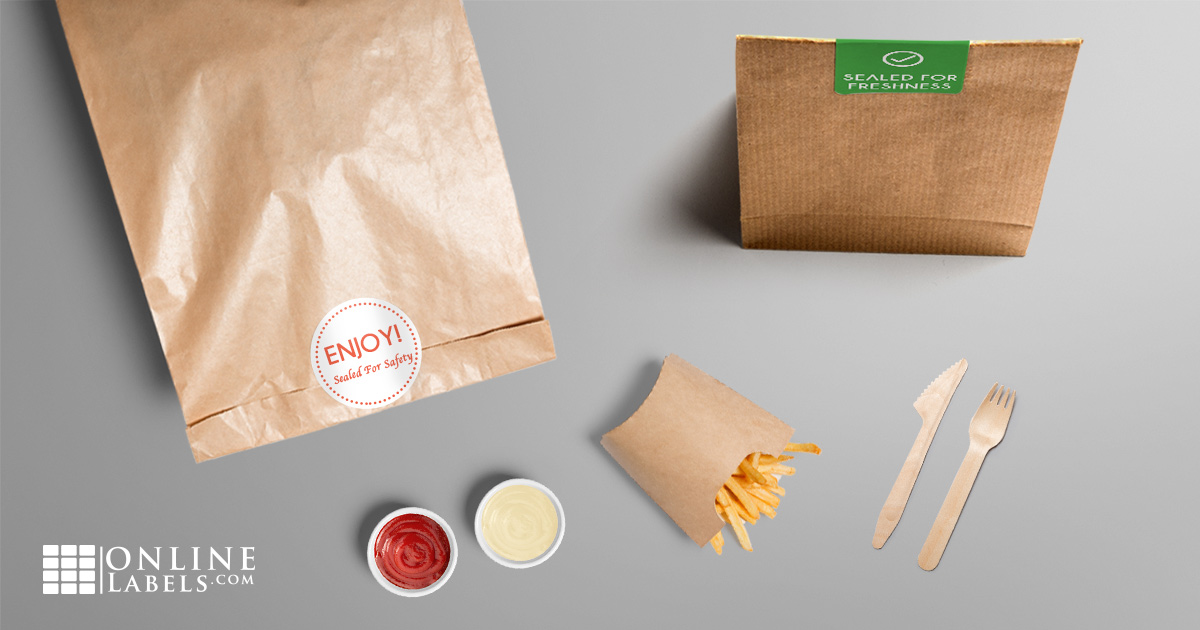
If you generally serve large families/groups or offer multiple sides with every order, it may be easier to seal an entire order rather than every item individually. These bag seals can be placed over plastic or brown paper bags to help you protect your consumers.
Restaurant-delivery service Waitr is using this method for their customers: Logo stickers are added to each bag in order to keep staff and delivery workers honest.
Shop all label sizes
2. Choose Your Seal Material
Our label materials will adhere to virtually any type of packaging, including everything listed above. However, our facesheets and adhesives do function differently and you may want to evaluate your end-goal and application situations prior to purchasing.
Paper-based labels will tear if there's a removal attempt and are easy for consumers to get through when they're ready to consumer their delivery. But due to the nature of paper, they won't hold up to condensation, steam, or liquids.
Film-based labels, on the other hand, won't tear if there's a removal attempt which can make opening the food item more difficult. Though, they're more durable and are frequently waterproof.
Our waterproof labels are designed to last in wet environments. The extra-strength adhesives will prolong adhesion to your destination surface and the film facesheets will maintain the integrity of your print.
All of the materials mentioned here come in dozens of shapes and sizes so you can find the best fit for your application. Browse the full label material list.
3. Design Your Tamper-Evident Safety Seal
Adding a printed design to your food delivery safety seals will add professionalism to your delivery process and business. Use the space to reinforce your logo and branding, promote your safety features, or advertise new menu items or services to name a few.
Additional safety seal content ideas include listing the name of the inspector or packager, safe-handling instructions, company contact information, and/or the product details (same, prepared for, ingredients).
Remember that your tamper-evident seals are designed to be removed/destroyed. Thus, they shouldn't include any critically important information.
Without restrictions in place for delivery drivers to carry health cards, undergo cleanliness inspections, or observe heath hygiene standards, it's up to you to protect your patrons and business. We hope these tips will help you create custom tamper-evident take-out packaging that does just that.
Did you employ any of the techniques used in this article? Share them with us!
For more information on food businesses, check out our food labelling tutorial or Start-Up Academy episode.


